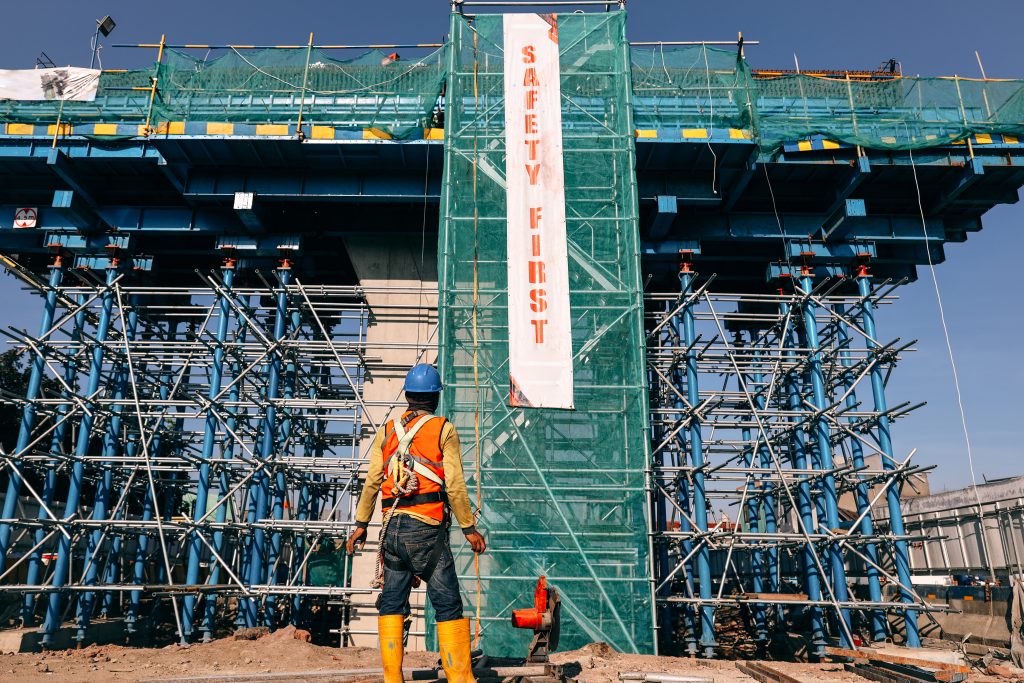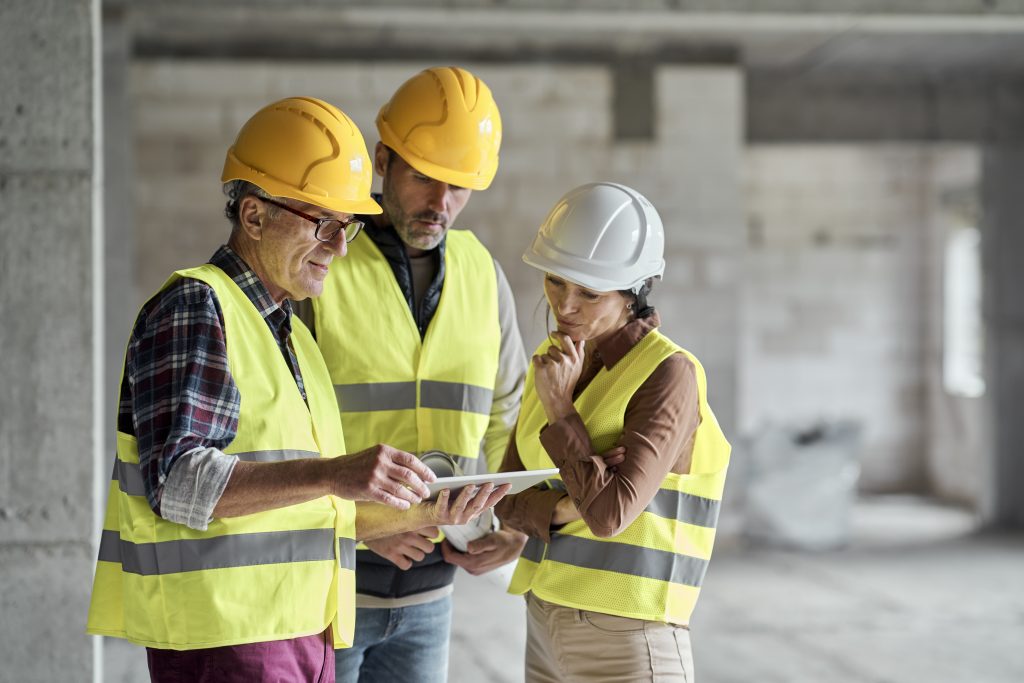Construction sites are inherently dangerous, which is why employers must prioritize workplace health and safety. However, many employers do not recognize the role of psychology in workplace health and safety. This article provides guidance for employers to improve their understanding of work health and safety psychology and implement effective strategies to ensure a safer workplace.
Factors that Impact Work Health and Safety in Construction
- Risk Perception
The way construction workers perceive risk affects their behaviour, decision-making, and overall safety. Workers may underestimate the risks involved in familiar tasks, leading them to take shortcuts and take unnecessary risks. On the other hand, workers may overestimate the risks associated with unfamiliar tasks, leading them to avoid them entirely. Employers can increase risk awareness by providing training and education to encourage workers to take necessary precautions.
- Safety Climate
A positive safety climate is essential for creating a safe construction site. Employers can improve the safety climate by promoting open communication, listening to worker feedback, and providing resources and support for workers to prioritize safety.
- Safety Culture
A strong safety culture is characterized by a commitment to safety at all levels of the organization, from management to workers. Employers can improve safety culture by establishing clear policies and procedures, providing regular safety training, and incorporating safety into all aspects of the organization’s operations.
Creating a Safer Construction Site
Construction sites are highly susceptible to accidents and injuries, making it essential for employers to ensure work health and safety. The following will discuss the psychology of work health and safety and how it can be used to create a safer construction site.
The Importance of Work Health and Safety in Construction
Construction sites are dangerous, and accidents and injuries can have severe consequences for both employees and employers. Therefore, employers must take proactive steps to prevent accidents and injuries by creating a safe construction site.
Understanding the Psychology of Work Health and Safety
The psychology of work health and safety refers to the study of how people’s attitudes, perceptions, and behaviors influence workplace safety. Understanding the psychological factors that contribute to construction incidents is essential to prevent accidents and injuries.
The Impact of Attitudes and Perceptions
Attitudes and perceptions play a critical role in workplace safety. Employees’ beliefs and perceptions about the risks associated with their job can influence their behavior and ultimately, the safety of the construction site. Employers should work to create a positive safety culture that emphasizes the importance of safety and encourages employees to take ownership of their safety.
The Role of Communication
Effective communication is essential to workplace safety. Employers should communicate safety expectations clearly and ensure that employees understand the risks associated with their job. Open communication channels also allow employees to report safety concerns and hazards, enabling employers to take corrective action before accidents occur.
The Influence of Organizational Culture
Organizational culture can significantly impact workplace safety. A strong safety culture emphasizes the importance of safety and encourages employees to prioritize safety in their daily work. Employers should work to create a safety culture that encourages open communication, promotes safety participation, and emphasizes positive reinforcement.
Implementing Work Health and Safety Strategies for a Safer Construction Site
Implementing effective strategies is crucial to ensure a safe construction site. Here are some strategies that employers can use to enhance work health and safety:
Providing Training and Resources
Providing training and resources to employees is essential to promote workplace safety. Employers should ensure that employees receive adequate training and have access to resources such as safety manuals, personal protective equipment, and safety checklists.
Encouraging Open Communication
Encouraging open communication channels can enable employees to report safety concerns and hazards, which helps employers take corrective action before accidents occur. Employers should encourage employees to report safety incidents without fear of retaliation.
Emphasizing Positive Reinforcement
Positive reinforcement is an effective strategy for promoting workplace safety in construction. Employers should reward employees for safe behavior, such as following safety protocols, reporting safety hazards, and participating in safety training. This reinforces the importance of safety and encourages employees to continue practicing safe behavior.
Encouraging Safety Participation
Encouraging safety participation is also vital in construction WHS. Employers should involve employees in the safety process by encouraging them to participate in safety committees, safety inspections, and safety training. This gives employees a sense of ownership and accountability for their safety and the safety of their colleagues.
Addressing Mental Health in the Workplace
Mental health issues can have a significant impact on workplace safety in construction. Employers should provide resources and support for employees who may be struggling with mental health issues, such as stress, anxiety, or depression. Mental health issues can lead to distraction, fatigue, and reduced cognitive functioning, which can increase the risk of workplace incidents.
Conclusion
In conclusion, understanding the psychology of work health and safety is crucial for creating a safer workplace environment in construction. By providing training and resources, encouraging open communication, emphasizing positive reinforcement, encouraging safety participation, and addressing mental health issues, employers can create a safety culture that protects employees and promotes productivity.
In construction, safety should always be a top priority. What work health and safety strategies are you implementing in your workplace? Access our free safety video library to learn more about how to improve work health and safety practices on your construction site.
Are you taking all the necessary precautions? Use our free safety video library to find out.

